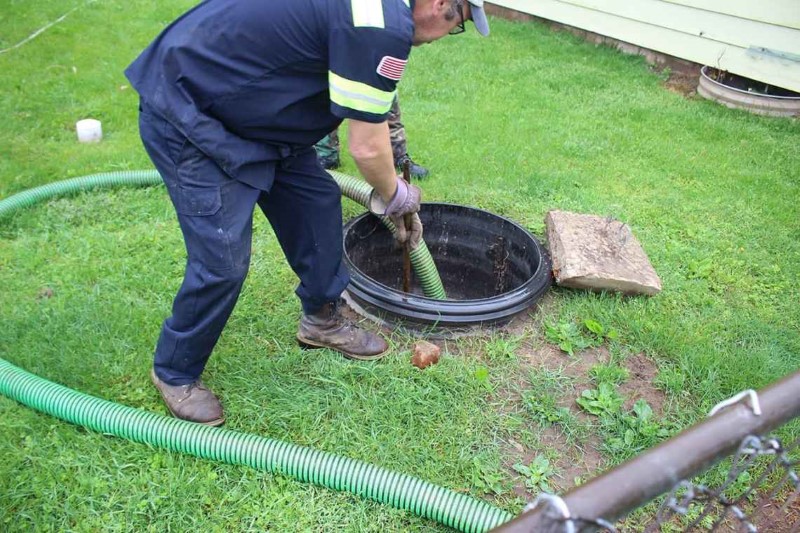
It serves your home like a conventional septic system. It collects and treats the wastewater that your household produces. It is known to be more sensitive that the conventional septic system because it is elevated or raised above the surface of the soil. The warmth inside a regular septic system is maintained because it is confined underground. The raised mound needs a construction fabric to keep in the heat produced by the resident bacteria when they metabolize.
Because of this vital function, it is only right for you to provide the best possible care for your raised mound. Even with all the additives manufactured for the improvement of your system, pumping out should still be performed on it. Pumping out your raised mound makes it possible for the sludge level to go down to normal levels. The sludge should not overflow or get dispersed into the soil absorption system because this will cause clogging and inevitable failure. Of course, one of the most common questions that could arise in your head is… How often should I pump out my raised mound?
Your household is the basis of the raised mound’s pump out frequency. It is something that you should’ve considered when you first moved in. The raised mound that was initially installed in your home was only for two people. It was supposed to be pumped out every three years. But you had children and that meant that your household got bigger. With 5 members, it should’ve been pumped every 2 years. Since you were not aware of this, you kept on having your system pumped out every three years, which led to the slow deterioration of the system. You were still planning to have more than 6 members in your house back then. If this pushed through, then the pumping out should be changed to an annual routine.
Aside from the standard frequency, you should also consider the amount that you have to prepare for this maintenance. An amount of 75-300 USD is usually the cost of a pump out. Since you were used to paying 150 USD every three years, you would have to train yourself and change into paying that amount every 2 years. This meant that you would have to prepare 75 USD every year. This is such a small amount if you would compare it to installing a brand new raised mound system.
A proper and thorough inspection should also be done before the pump out. The contents of the raised mound’s tank should be assessed for any amount of harsh chemicals and non-biodegradable materials that could affect the performance of the bacterial population in decomposing the solid wastes. The soil absorption system should be checked as well to see if there are heavy footprints or vehicle tracks that could have already damaged its components. The pipe lines should also be inspected for any form of deterioration or any leaks.
A certified and credible septic professional should be the one who should perform the inspection. This is important because recommendations and reports should be given to you to help you improve your system and to prevent future failures and malfunctions like the one that you just experienced. Some septic professionals just do the pump out and leave when they get paid. It is better for you to seek referrals from the local health department so that the service will be worth your time and money. I hope we helped you out with the question of how often should I pump out my raised mound?
